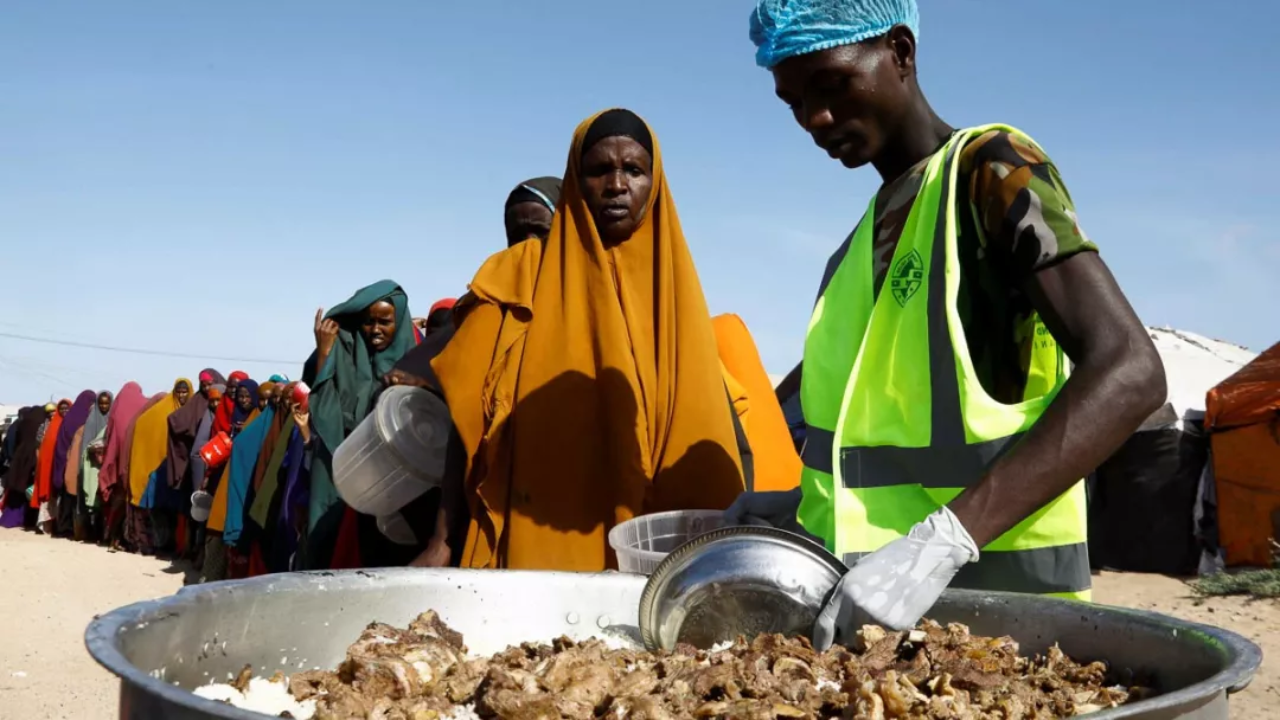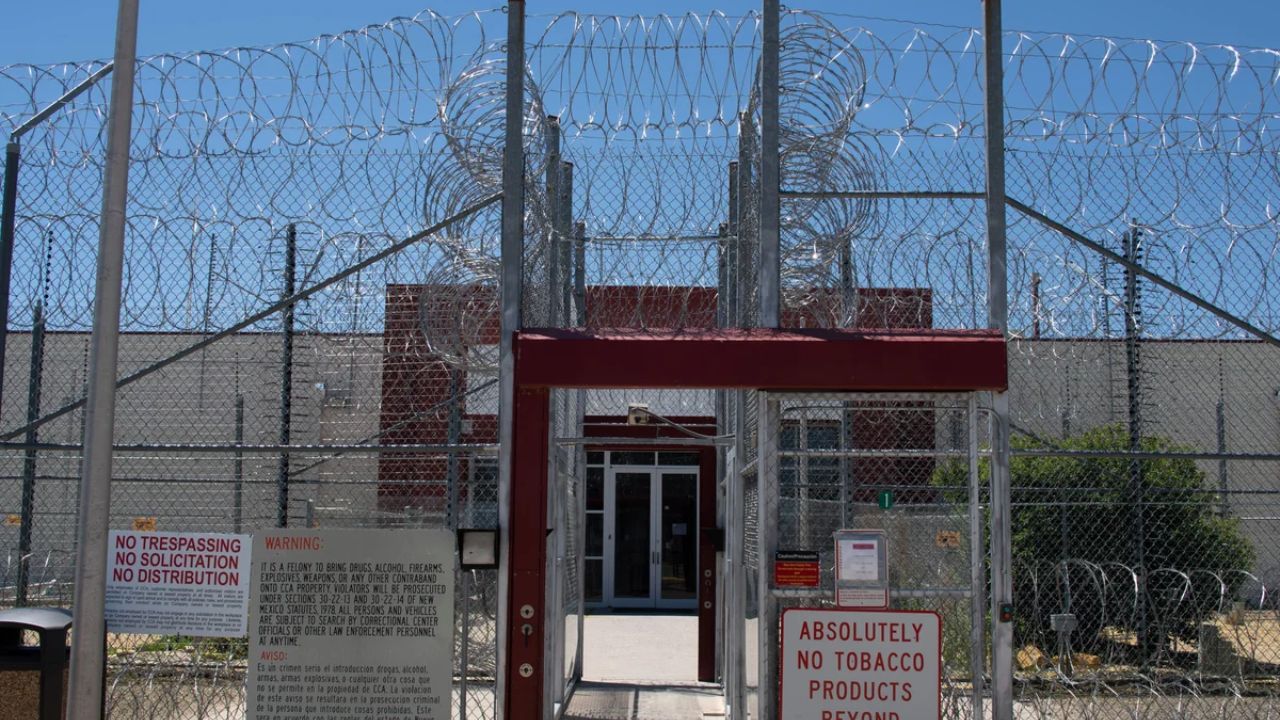Millions of families across the United States are now at greater risk of going hungry due to major federal food aid cuts.
As the pandemic continues to leave many Americans struggling, the U.S. Department of Agriculture (USDA) has made changes that are directly affecting food banks and hunger relief efforts.
The USDA recently decided to scale back a key food assistance program called the Farmers to Families Food Box Program.
This program was started during the COVID-19 pandemic to help distribute surplus food from farmers to families in need. It played a crucial role in keeping food banks stocked during one of the toughest times in recent history.
Now, that support is being pulled back. As a result, food banks are receiving fewer deliveries, and many are already reporting that shelves are emptying faster than they can refill them.
At the same time, the number of people in need remains high. Across the country, millions are still out of work or earning less than they did before the pandemic.
In many areas, especially rural and low-income communities, these food boxes were a lifeline. They helped families get fresh produce, dairy, and meat that they otherwise couldn’t afford.
Local organizations that depend on USDA food say they are now being forced to turn people away or give out less food than before.
Feeding America, a national network of food banks, has warned that the demand for food support is still well above pre-pandemic levels.
Yet with these cuts, they now have fewer resources to meet that demand. This situation puts pressure on local charities, volunteers, and donors to fill the gap—something that’s just not sustainable.
The timing of the USDA’s decision has also raised concerns. Winter months are always tough for food-insecure households.
Heating bills rise, seasonal jobs disappear, and children stay home more often, increasing household food needs. Now, with less help from the federal government, families are left to choose between food and other basic needs like rent and electricity.
Many hunger relief advocates believe the USDA should continue its pandemic-era support until the country is more economically stable. While some USDA officials say the changes are part of a transition to more long-term solutions, many communities feel left behind in the process.
It’s not just about numbers—it’s about people. Parents are skipping meals so their kids can eat. Seniors living on fixed incomes, choosing between medicine and groceries.
School children are relying on donated food for their next meal. For them, these cuts are not just policy—they are personal and painful.
Experts say that hunger is a public health issue. When people don’t have access to enough food, especially nutritious food, it leads to long-term health problems, increased medical costs, and reduced productivity. The country ends up paying for hunger one way or another.
Instead of cutting back, many are calling for more investment in food assistance programs. They argue that helping families stay fed is not only the right thing to do, but also a smart move for the nation’s recovery.
As America tries to move forward from the pandemic, making sure everyone has access to food must remain a top priority.
Ignoring this crisis will only make it worse. And without strong federal support, food banks alone can’t carry the weight of feeding a hungry nation.






